Apple Vision Pro: A Game Changer in VR Technology?
In The News | 09-06-2023 | By Robin Mitchell
Recently, Apple demonstrated its first VR headset that it hopes will drive consumers towards VR systems for general computing. Discover more about the future of VR technology by exploring our in-depth analysis of the new Apple Vision Pro. What challenges have VR systems faced, how does Apple’s new VR headset approach this challenge, and could this design help encourage users to switch over to VR?
What challenges have VR systems faced?
While VR may seem like a futuristic technology that will become dominant in the years to come, the technology itself is actually decades old, with basic systems having existed as far back as 1939 with mechanical slides placed over a headset. In 1985, NASA developed a headset for aiding engineering designs in VR environments, and in the early 1990s, basic VR systems became commercially available.
Despite this long history of development, VR systems are still a niche of the consumer market, with most computer users opting for screens and keyboards over headsets and gesture detection. Considering that modern VR systems (such as the Oculus) can produce extremely impressive and immersive environments, why are they still a niche product?
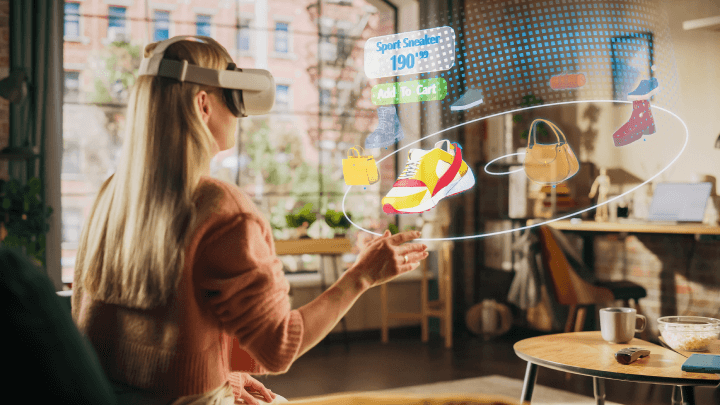
By far, one of the biggest drawbacks of VR is the need for a tethered system. Even though miniature screens and lenses can easily be integrated into a headset, the extreme graphics processing needed (as each eye is essentially a 4K screen) requires a substantial GPU. As such, most quality VR systems require an external PC with a dedicated graphics card and high-power PSU, and this also requires cables connected between the user and the PC. This cable effectively limits the freedom of movement for the wearer, thereby limiting the usability of the VR system.
This need for an external GPU also sees a large cost barrier, as the GPU needed is often a high-end model (typically costing a minimum of £1,000). At the same time, the supporting components for the GPU (such as CPU and RAM) also need to be able to support the GPU, which results in an even greater cost. Thus, VR systems are generally only suitable for gamers and those who use workstations.
Another challenge faced by VR systems is their comfort during use. Systems that rely on an external computer and cable often have headsets that are light and easy to wear, but those that try to combine all the electronics into a single headset also need to house the battery. As such, balance can be problematic as headsets need to try and distribute the weight, often opting for placing batteries at the back.
VR systems can also face safety issues, especially in cluttered and cramped environments. While having a large dedicated empty space for a VR system is ideal, this is a luxury that most consumers cannot afford. Unlike AR, VR systems do not show the real-world environment around a user (unless an option is provided via cameras), and this can lead to VR users bumping into objects and causing damage.
Overall, VR systems struggle with numerous technological challenges due to the amount of processing power and energy needed to operate them. Trying to mount everything into a single headset introduces challenges with comfort and balance while using an external system introduces large up-front hardware costs. Finally, VR systems need to offer resolutions over 4K in order to become truly immersive.
Apple announces its first VR system
Recently, Apple announced the launch of its first VR system, Apple Vision Pro, which it says will provide users with a new experience when using Apple products. With an initial release price of $3,500, the new VR system will be one of the most expensive of its kind, but when considering that this VR system integrates all the required electronics in the headset, the cost difference between this system and other high-end models such as the Oculus is smaller than many believe (it is important that a like-for-like comparison is made, and not against VR systems with significantly lower resolution).
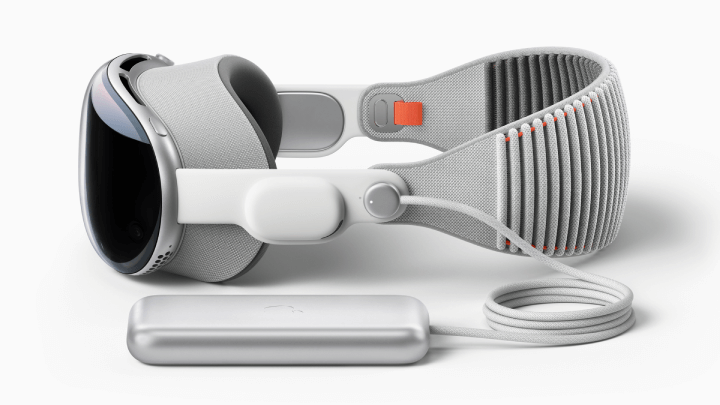
According to Apple, the new VR system will have 23 million pixels across two displays, which implies that each display has 11.5 million pixels (4K screens have around 8 million pixels). The headset will also take advantage of the Apple M2 chipset using a 2nm fabrication process, utilise LiDAR for depth of field, use OpticID for user recognition, and have six in-built microphones. Furthermore, interacting with the VR environment will be done entirely through gesture recognition which eliminates the need for hand-held controllers.
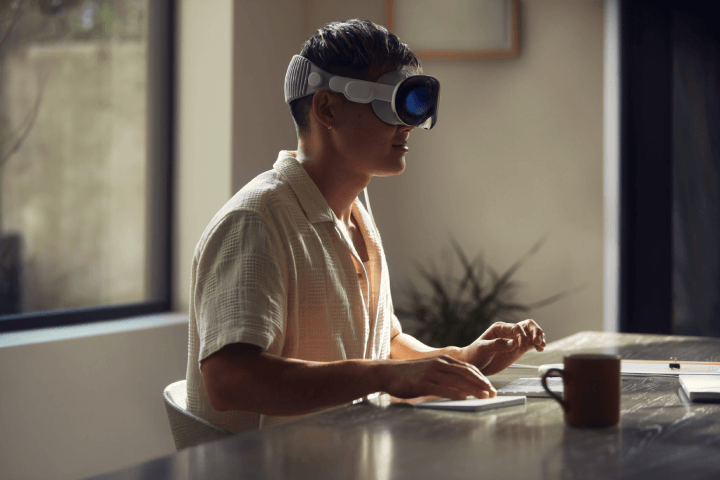
VisionOS: Apple's First Spatial Operating System
Apple Vision Pro introduces the era of spatial computing. It features visionOS, the world’s first spatial operating system, which lets users interact with digital content in a way that feels like it is physically present in their space. This could potentially address the challenge of creating a more immersive and realistic VR experience. The use of spatial computing could also open up new possibilities for app development and user interaction within the VR environment.
Built on the foundation of macOS, iOS, and iPadOS, visionOS is Apple's first spatial operating system designed specifically for the Apple Vision Pro. This innovative operating system enables powerful spatial experiences, allowing users to control Vision Pro with their eyes, hands, and voice, making interactions feel intuitive and magical. In visionOS, apps can fill the space around you beyond the boundaries of a display. They can be moved anywhere, scaled to the perfect size, react to the lighting in your room, and even cast shadows. VisionOS also introduces Environments, which let you transform the space around you, so apps can extend beyond the dimensions of your room. This new operating system represents a significant leap in VR technology, offering a more immersive and realistic VR experience.
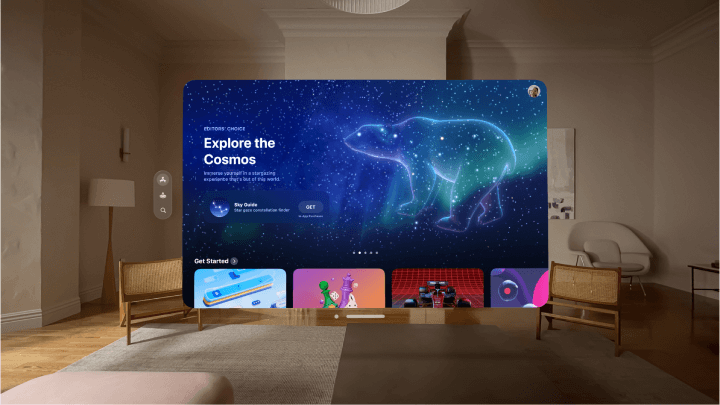
Addressing the Challenges of VR: The Apple Vision Pro Approach
Apple Vision Pro introduces Optic ID, a new secure authentication system that analyses a user’s iris under various invisible LED light exposures and then compares it to the enrolled Optic ID data that is protected by the Secure Enclave to instantly unlock Apple Vision Pro. This feature could potentially address the challenge of user authentication in VR systems, providing a secure and convenient method for users to unlock their devices.
Apple Vision Pro is powered by Apple's M2 and R1 chips, which deliver unparalleled standalone performance and real-time processing of input from multiple cameras, sensors, and microphones. This high level of hardware and software integration could potentially address the challenge of the high computational demands of VR technology.
The Apple Vision Pro's M2 chipset, built using a 2nm fabrication process, is a significant advancement in VR technology. This chipset is designed to handle the heavy computational load required for VR, enabling the headset to deliver a smooth and immersive experience. The use of LiDAR technology for depth of field and OpticID for user recognition further enhances the user experience, allowing for more accurate and responsive interactions within the VR environment.
The VR headset also integrates a button on the top which allow users to use gestures to control the immersion level (the degree to which the outside world is visible to the user), and an external display is used to show the users eyes to the rest of the world to indicate that they can see others around the room. Furthermore, the use of a curved screen in combination with a lenticular lens allows users to move their eyes in any direction while experiencing no distortion.
Apple Vision Pro also features EyeSight, an innovation that helps users stay connected with those around them. When a person approaches someone wearing Vision Pro, the device feels transparent — letting the user see them while also displaying the user’s eyes. This feature could potentially address the safety issues associated with VR technology by providing visual cues to others about what the user is focused on.
The Limitations of Apple Vision Pro
However, one drawback of the headset is that it will utilise a cable to an external battery pack instead of being entirely wireless. As such, users will still experience some degree of restriction when operating the headset. But the benefit of using the cable is that the weight of the headset is significantly lower, which improves comfort (according to those who have tried the headset, it is akin to wearing a pair of ski goggles).
Apple Vision Pro is designed for all-day use when plugged in and for up to two hours of use with its external, high-performance battery. This could potentially address the challenge of the limited battery life often associated with VR technology, allowing users to use the device for extended periods without having to frequently recharge the battery.
Another disadvantage of the new headset is that while the system can be used independently for common tasks via visionOS (such as FaceTime), it cannot be used to replace a desktop environment outright. Looking at a Mac screen will allow for an extended desktop environment, but an external machine is still required for executing specific applications (such as Word, Excel, and CAD).
However, it's worth noting that the ability to use common tasks independently on the headset is a step forward in making VR systems more practical for everyday use. While it may not replace a desktop environment outright, the integration of visionOS opens up possibilities for future developments in this area.
The Design and Comfort of Apple Vision Pro
The design of the Apple Vision Pro is a significant advancement in VR technology. The headset is constructed from a singular piece of three-dimensionally formed and laminated glass, which is polished to create an optical surface for the wide array of cameras and sensors. The glass flows into a custom aluminium alloy frame that gently curves around the user’s face, while the modular system allows for a tailored fit to accommodate a wide range of people. The Light Seal is made of a soft textile and comes in a range of shapes and sizes, flexing to conform to a user’s face for a precise fit. This design approach could potentially address the comfort issues often associated with VR headsets, making the device more appealing to a broader range of users.
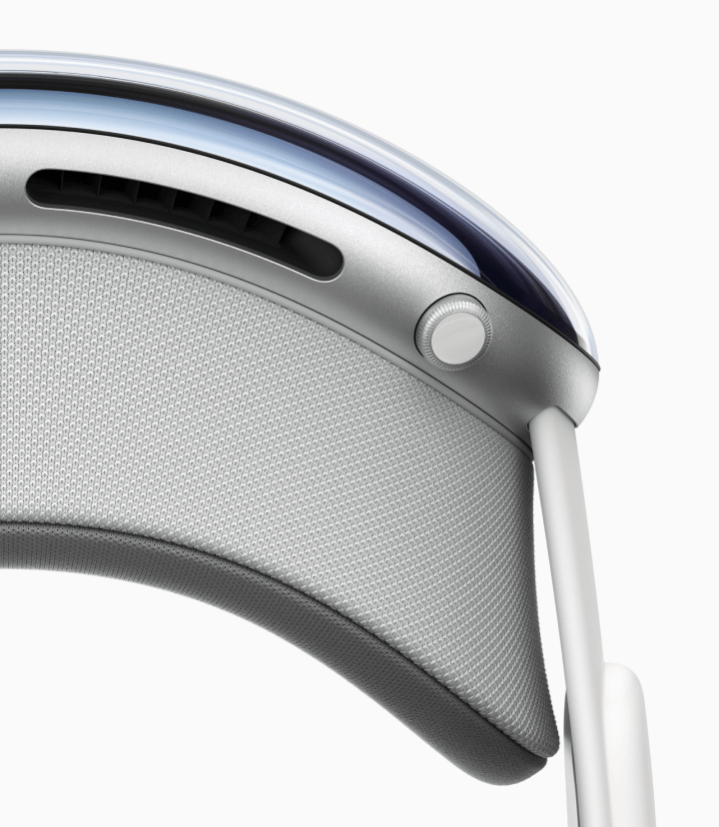
In my experience testing various VR systems, the weight and comfort of the headset are crucial factors that can significantly impact the user experience. The Apple Vision Pro's design, which shifts the battery weight to an external pack, could indeed make it more comfortable to wear for extended periods, similar to a pair of ski goggles.
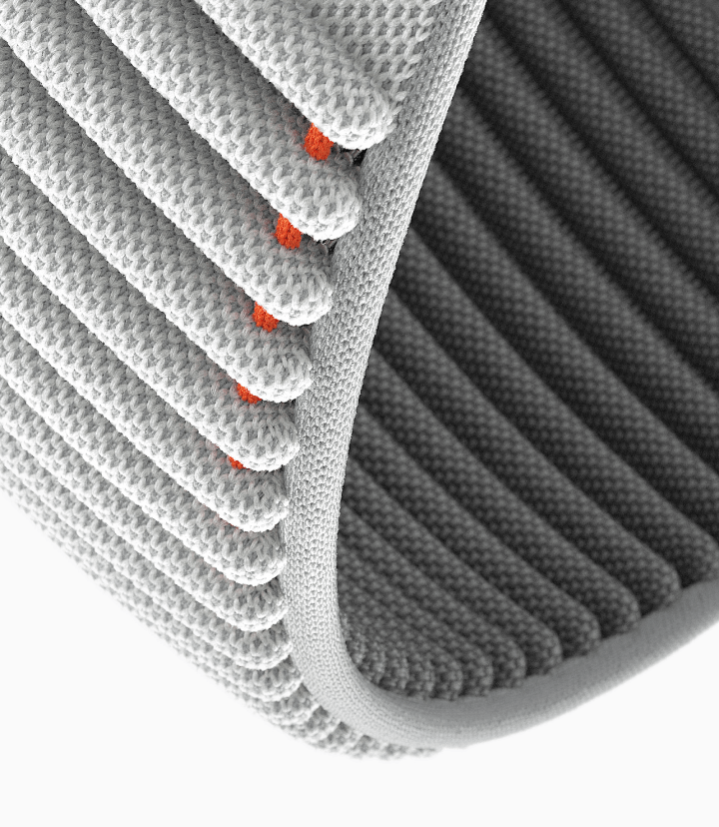
Could the Apple Vision Pro help push the VR market?
There is no doubt that Apple will get healthy sales from the VR headset, especially when considering that Apple has numerous devoted customers. But can this headset help to push VR technology in the right direction?
When considering the capabilities of the Apple Vision Pro, it seems to be going in the right direction. Most of the electronics needed to create an immersive experience are all integrated into the headset, the use of a tethered cable removes the battery weight from the headset (albeit restricting user movement), the display technology being used is revolutionary, and the lack of controllers make this VR system more practical.
But the extremely high price tag will undoubtedly restrict who can access this technology and, thus, will limit the ability for VR to become commonplace. It is possible that other manufacturers will look at Apple VR headsets and try to mimic the design, but only so much can be copied (due to patent protection).
As an electronic engineer who has been involved in the VR technology field, I believe that Apple's approach to integrating all the necessary electronics into the headset while maintaining a high level of comfort and usability could set a new standard for future VR systems. However, the high price tag remains a significant barrier to widespread adoption.
The Apple Vision Pro starts at a high price point, which could potentially limit its accessibility to a broader audience. However, considering the advanced technology and features it offers, it could still be a game-changer in the VR market. The success of Apple Vision Pro could potentially influence other manufacturers to invest more in VR technology, leading to more affordable and accessible VR solutions in the future. Despite the high cost, the Apple Vision Pro represents a significant step forward in VR technology, and it will be interesting to see how the market responds to this new offering.
Overall, what Apple has demonstrated could be a game changer in the VR industry due to its impressive stats, but unless computing apps can be easily used on such a headset at a low cost, it may continue to be a niche market.

